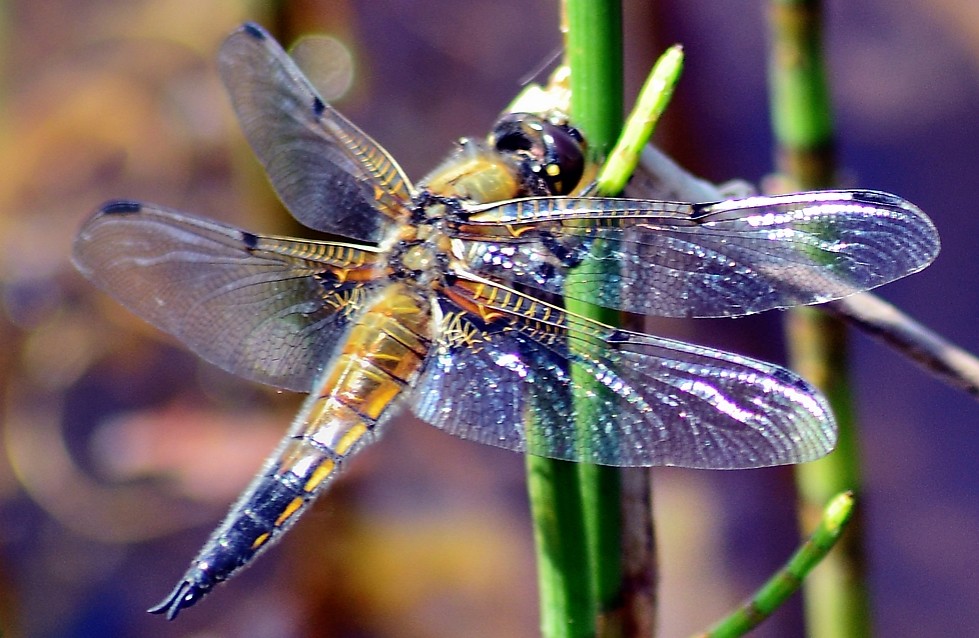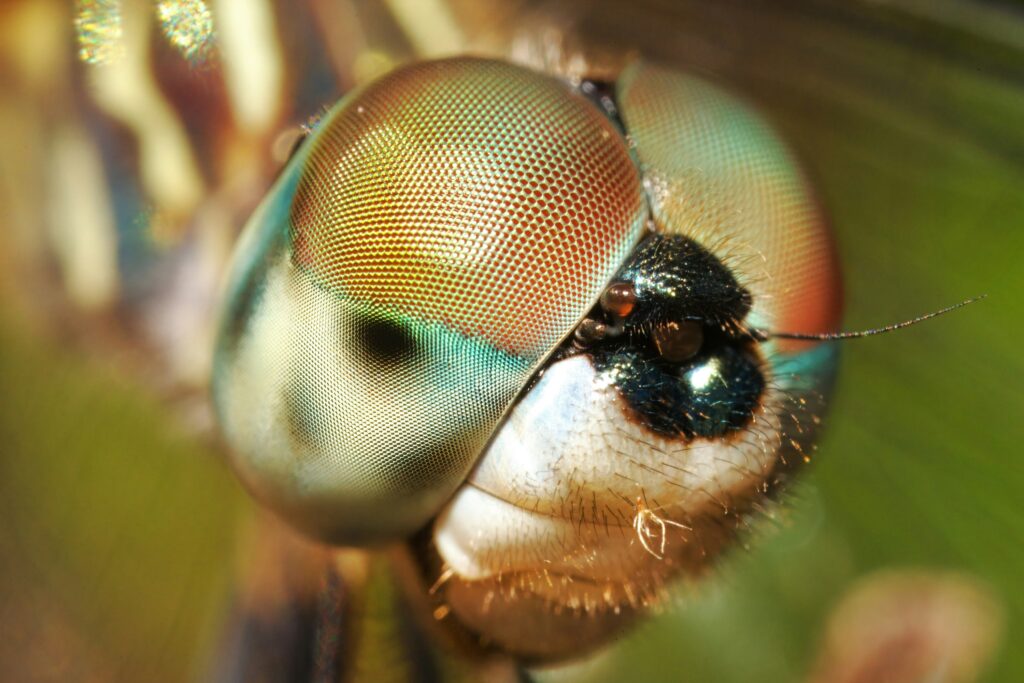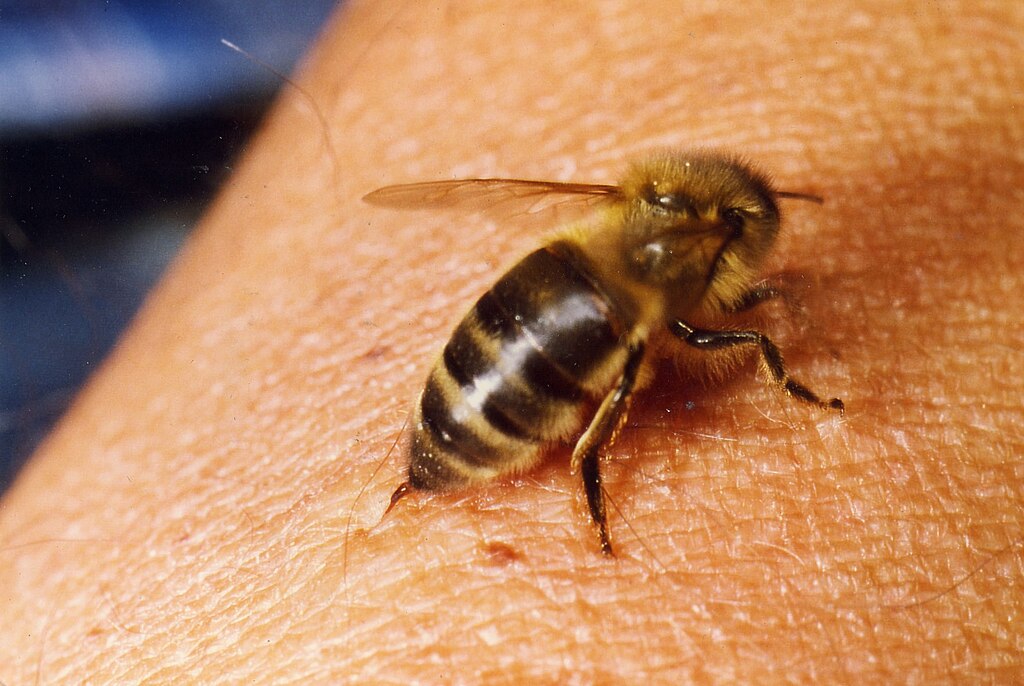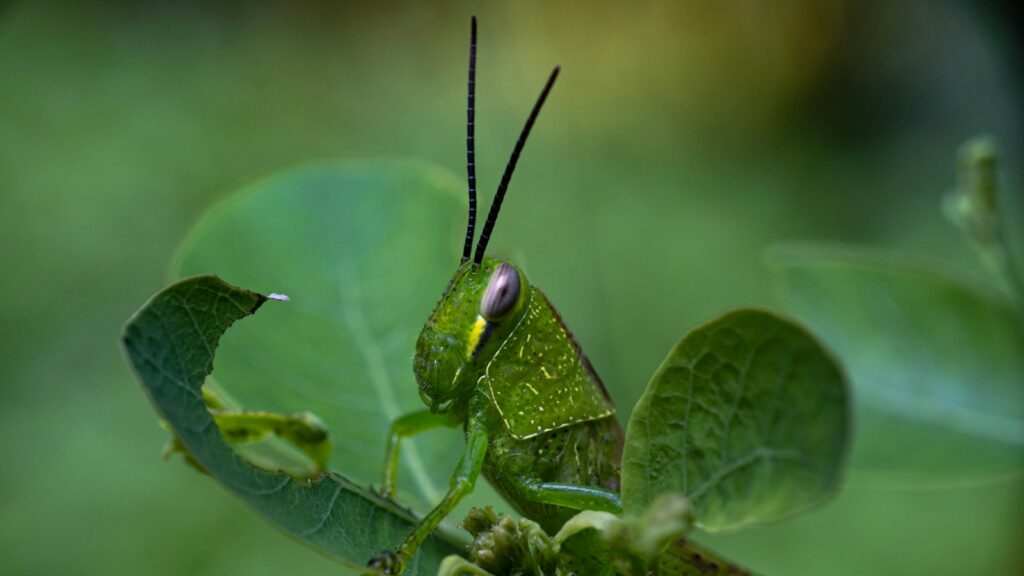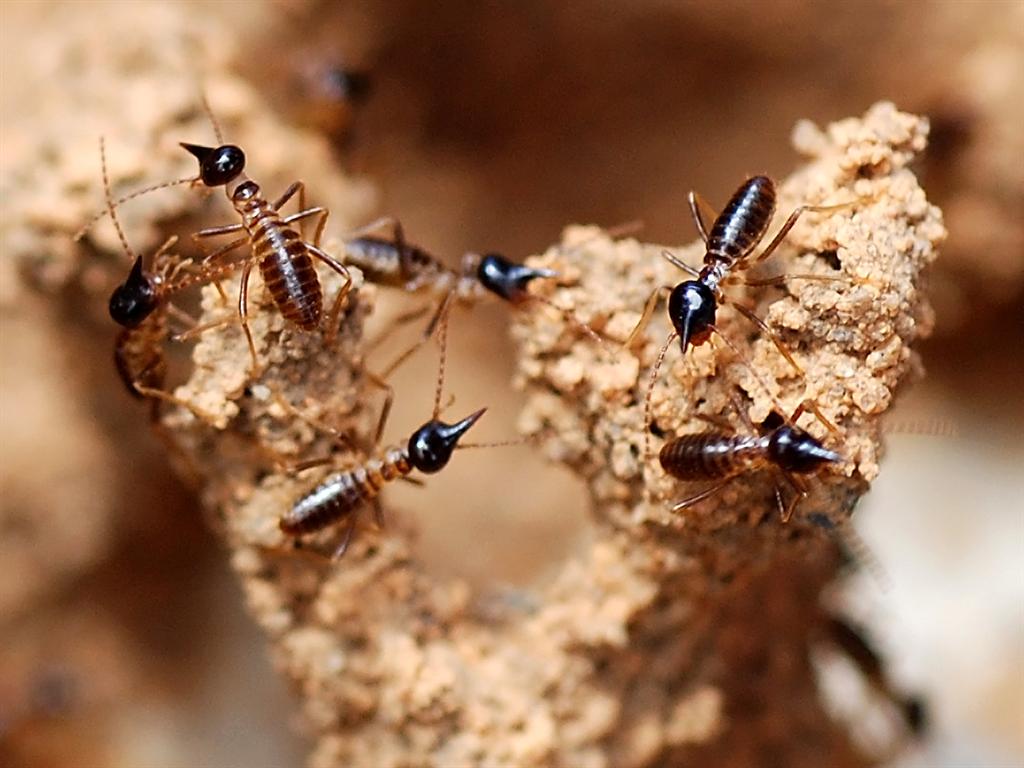Bugs in Space What Happens When Insects Go to Orbit
As humanity ventures beyond Earth’s atmosphere, we aren’t traveling alone. Insects—our planet’s most numerous and diverse animal group—have been joining astronauts in space since the early days of cosmic exploration. From fruit flies on V2 rockets to sophisticated experiments aboard the International Space Station (ISS), these tiny travelers provide valuable insights into how life adapts ...


